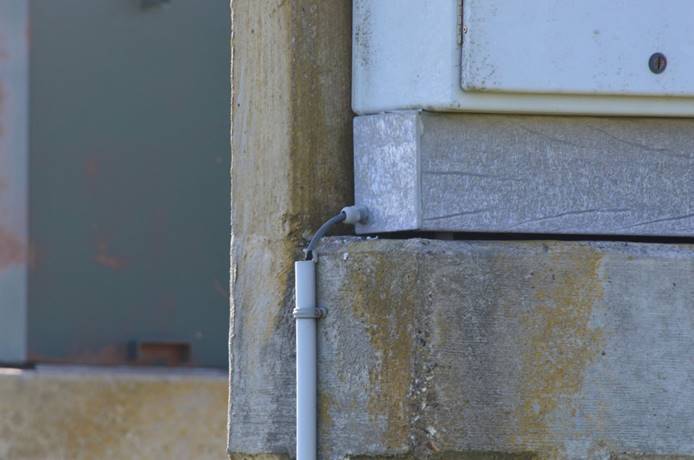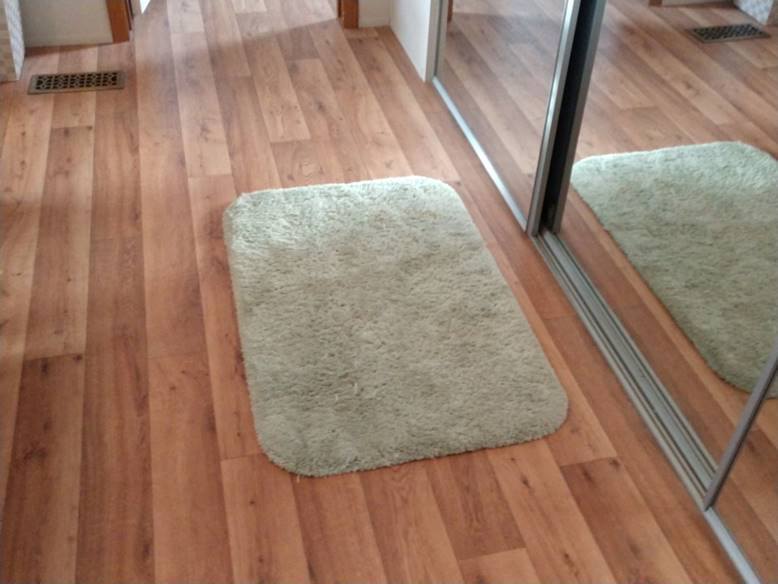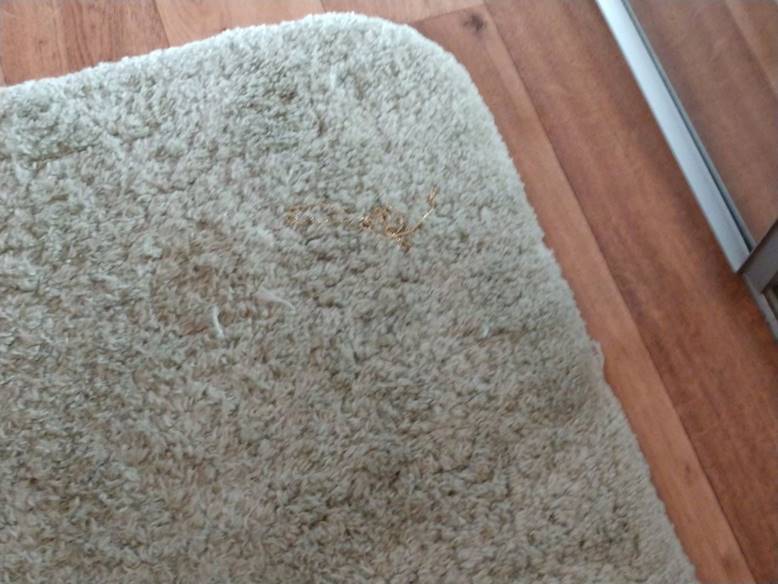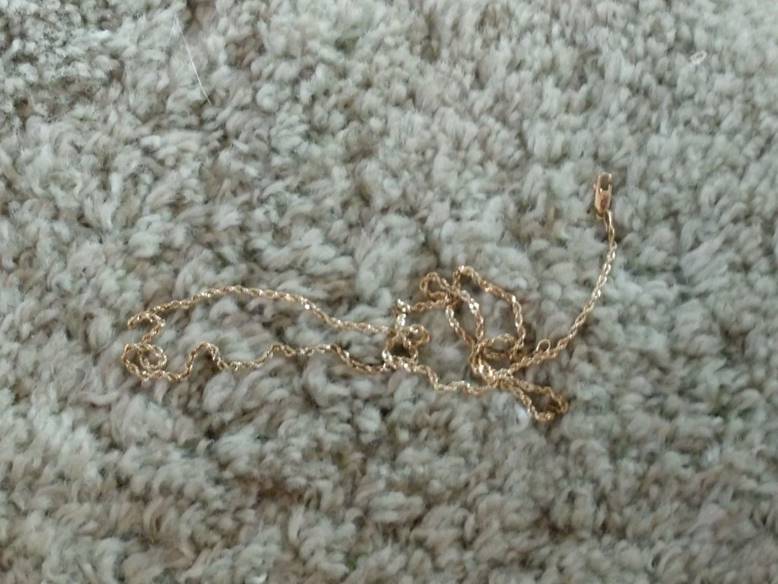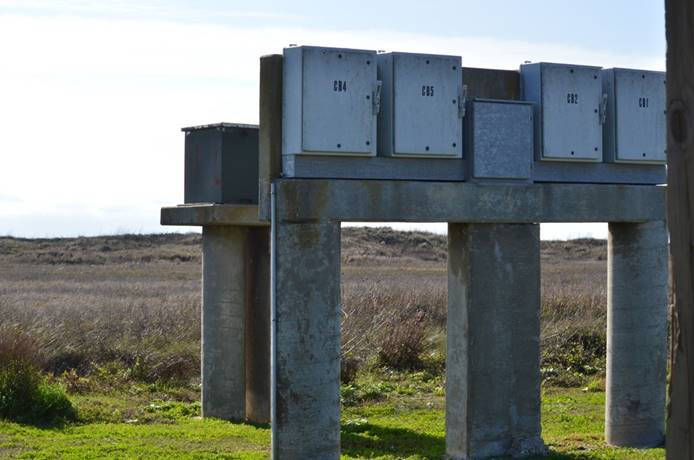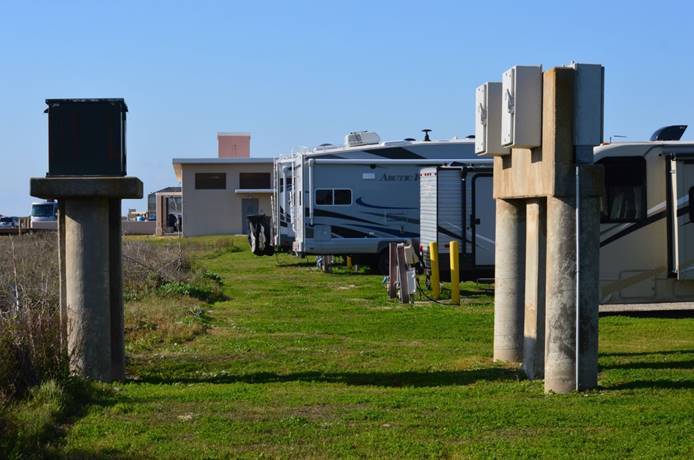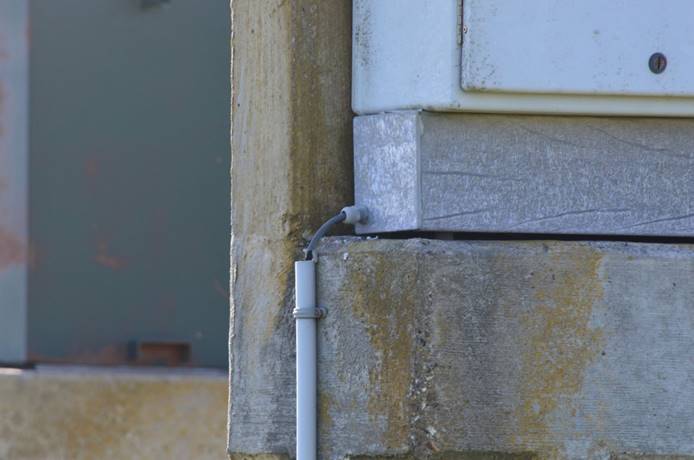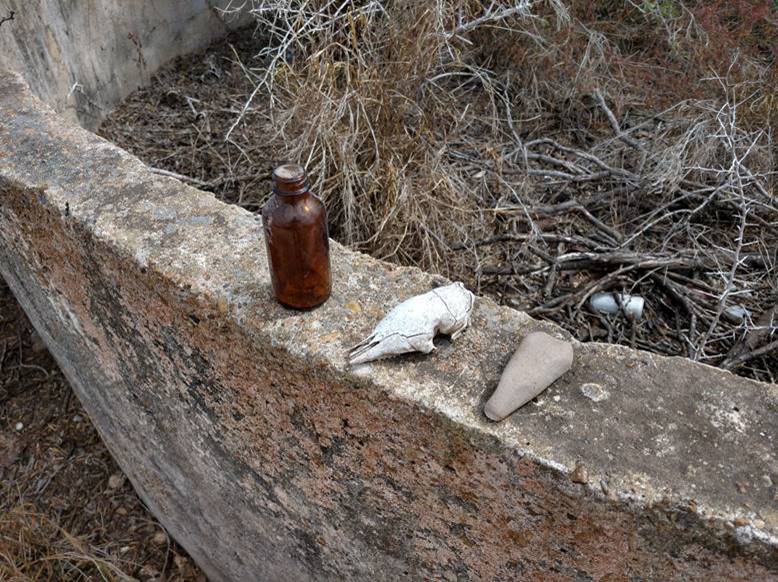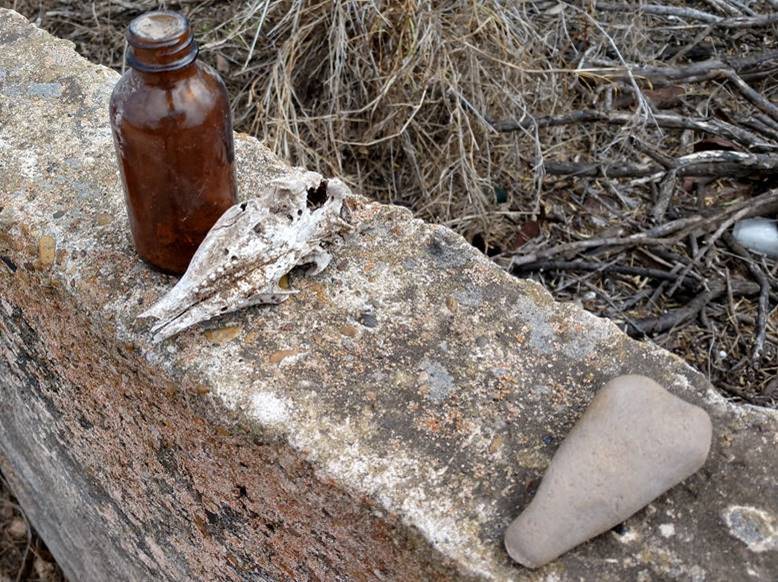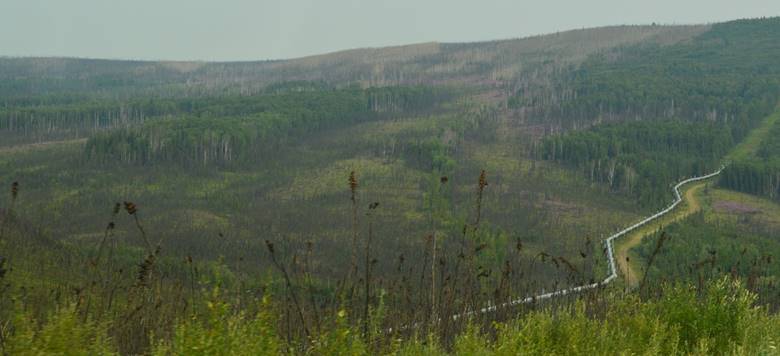It’s time to vote in the Texas Democratic Primary. We’re a Super-Tuesday State. We get to make our choice for the Democratic Presidential Nominee. But in this field, we can’t find a clear preference. Bernie; four years ago we were feeling the bern early, but he seems still stuck on a revolution and all we want now is back to normal. Biden; he would be good for normal, but he’s not exactly inspiring/energizing. Bloomberg; who knows. All we know is he has a lot of money and he has flooded the market with ads. But at least he’s saying normal things. Buttigieg; he seems kind of normal too, but does he really have the chops for this? Warren, Klobuchar, Steyer; principled all, but it seems now they’re just bashing each other until it’s time to get out.
There are 12 candidates for Senator; I don’t recognize any of them, because we don’t have any Democratic Senators in Texas. One Democratic Representative for our district running unopposed, we recognize him, Vicente Gonzales. Otherwise, Railroad Commissioner, Supreme Court Justices, Judges, Sheriff County Tax Assessor-Collector, Justice of the Peace, Constable, and County Chairman. Not a name in there I even know. Additionally, eleven Propositions that could all be summed up as “Do you think America should be good and fair?”. They’re just statements; not actually propositions to do anything.
There is no danger that Judy or I will miss the general election. In the meantime, should we go vote in the Primary? Can’t find any point to it. It’s not that we don’t care, it’s that we’d just be randomly checking boxes this early on.
